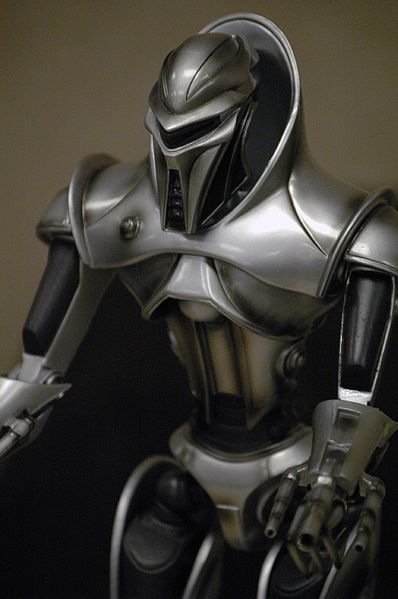It doesn’t really matter where one digs, in the American Southwest, the Middle East or a Colonial New England Site, pottery of one type or another will appear. When I wrote about the excavations at the Priestly House in Sunbury, Pa., there was Jasperware from England; in the Southwest Four Corners area we have graywares and black and white pottery; and here at Tel Akko, we have everything from Bronze Age through Iron Age to Persian, Greek, Roman, Crusader and Ottoman. That is a lot of pottery and a lot of styles to learn to identify. Happily, I don’t have to learn them. We leave that to an expert. But we do have to collect them and haul them off the tel buckets full at a time. Most of the pottery is pretty utilitarian. Cooking pots, oil lamps, storage jars. Some is quite beautiful with nicely slipped surfaces or painted patterns. I’m especially fond of the Attic pottery from Greece. Think Ode to a Grecian Urn illustrations and you are just about there. The pottery has a shiny hard black or red surface with ornate designs. It is really pretty. But more importantly, the smooth surface makes washing it incredibly easy, as the dirt does not generally stick to it.
Because wash it we must. First looking to see if there are any ostraca – hand written notes on pieces of pottery – and then so it can be dated and typed.
Some of the coarse pottery is nearly impossible to clean with rootlet trails and calcium deposits, but nothing seems to stick to the Greek stuff. And it feels so nice and smooth to the touch.
Unlike the bottom of the soaking buckets, which contain all the silt that melted off the sherds and is slimy and just plain icky. No one wants to be the one to search the bottom of the bucket deposits for that last piece of pottery. It’s just so gross.
[youtube http://www.youtube.com/watch?v=DdeiEEM2C1g]



